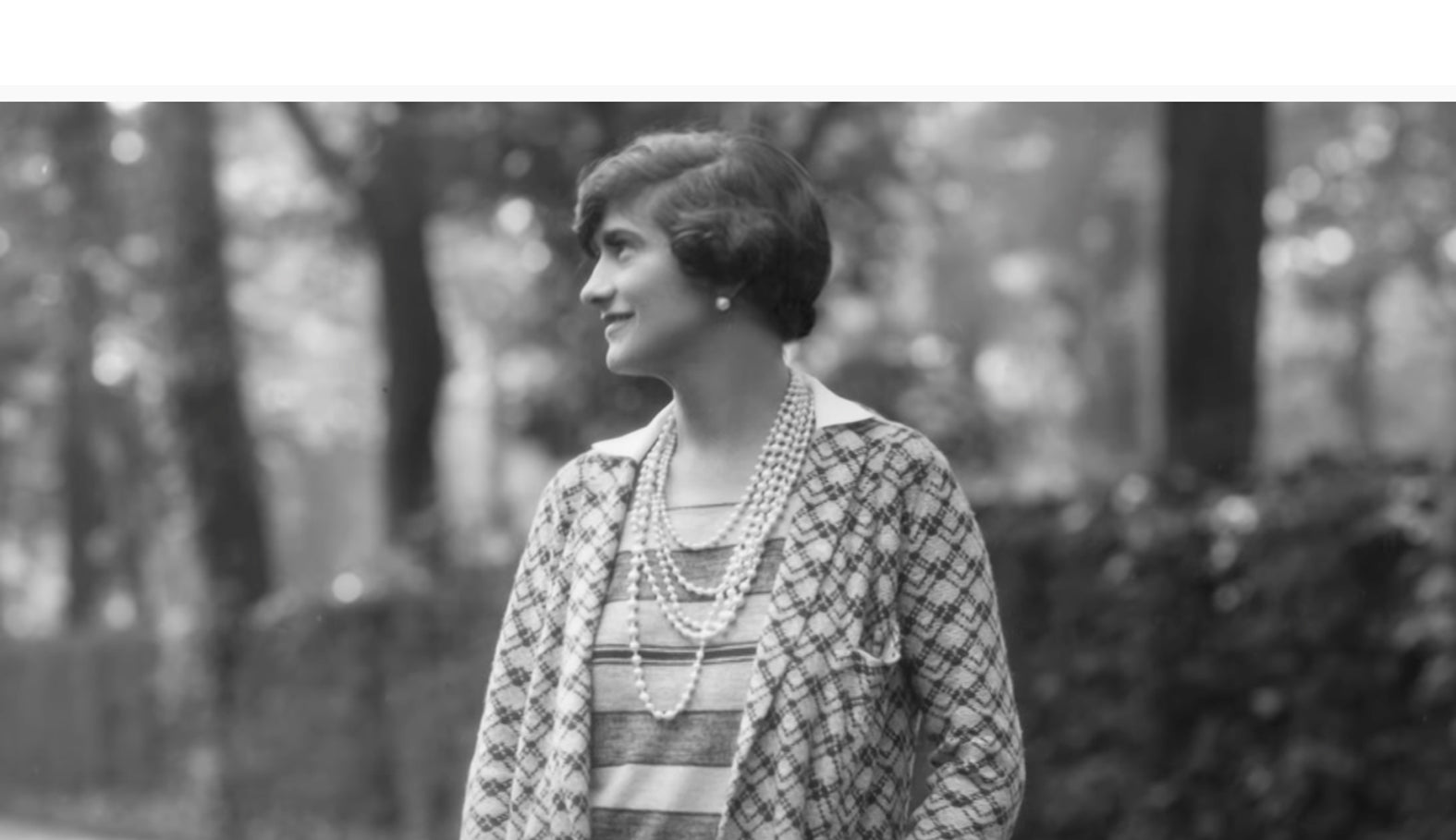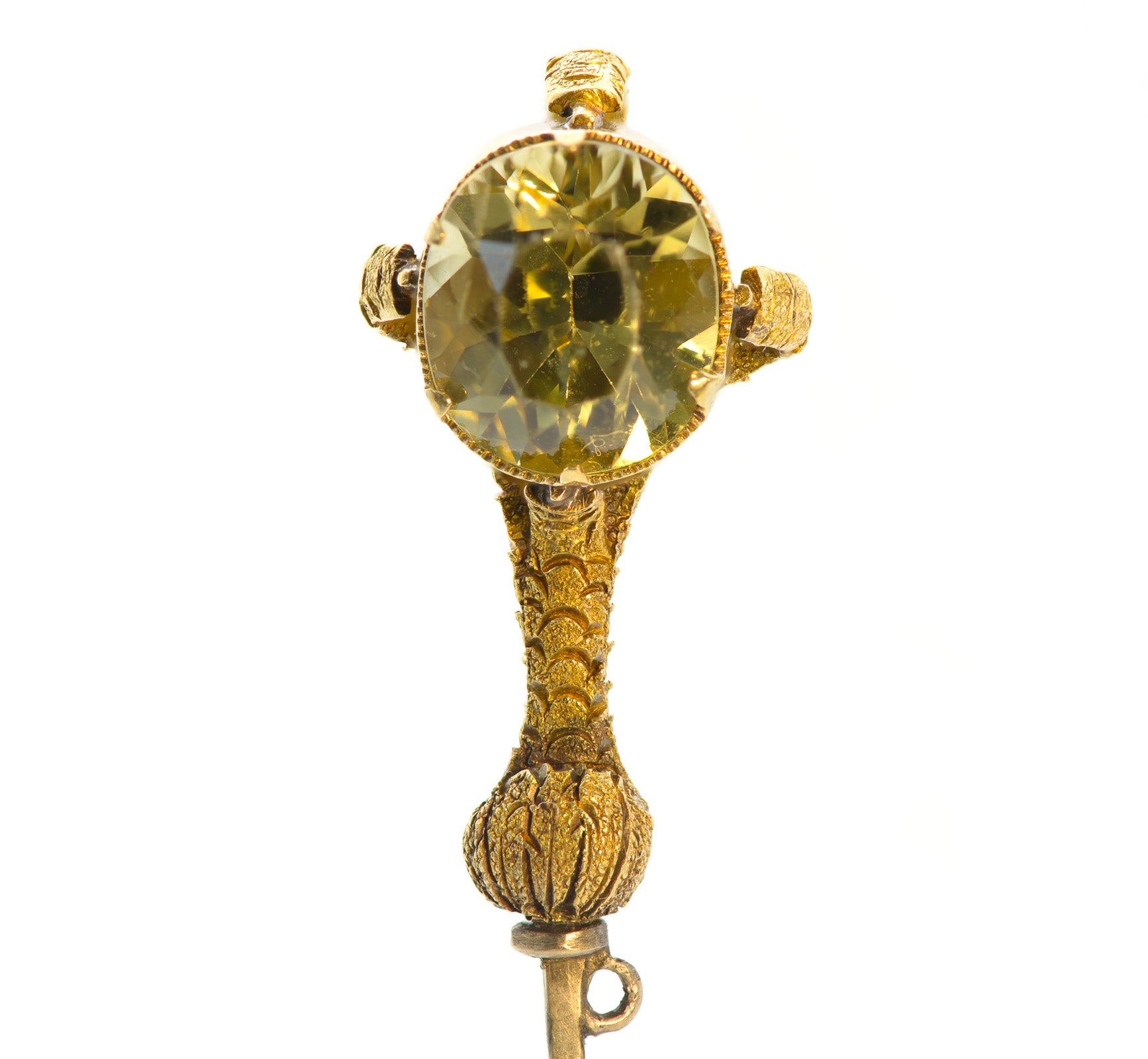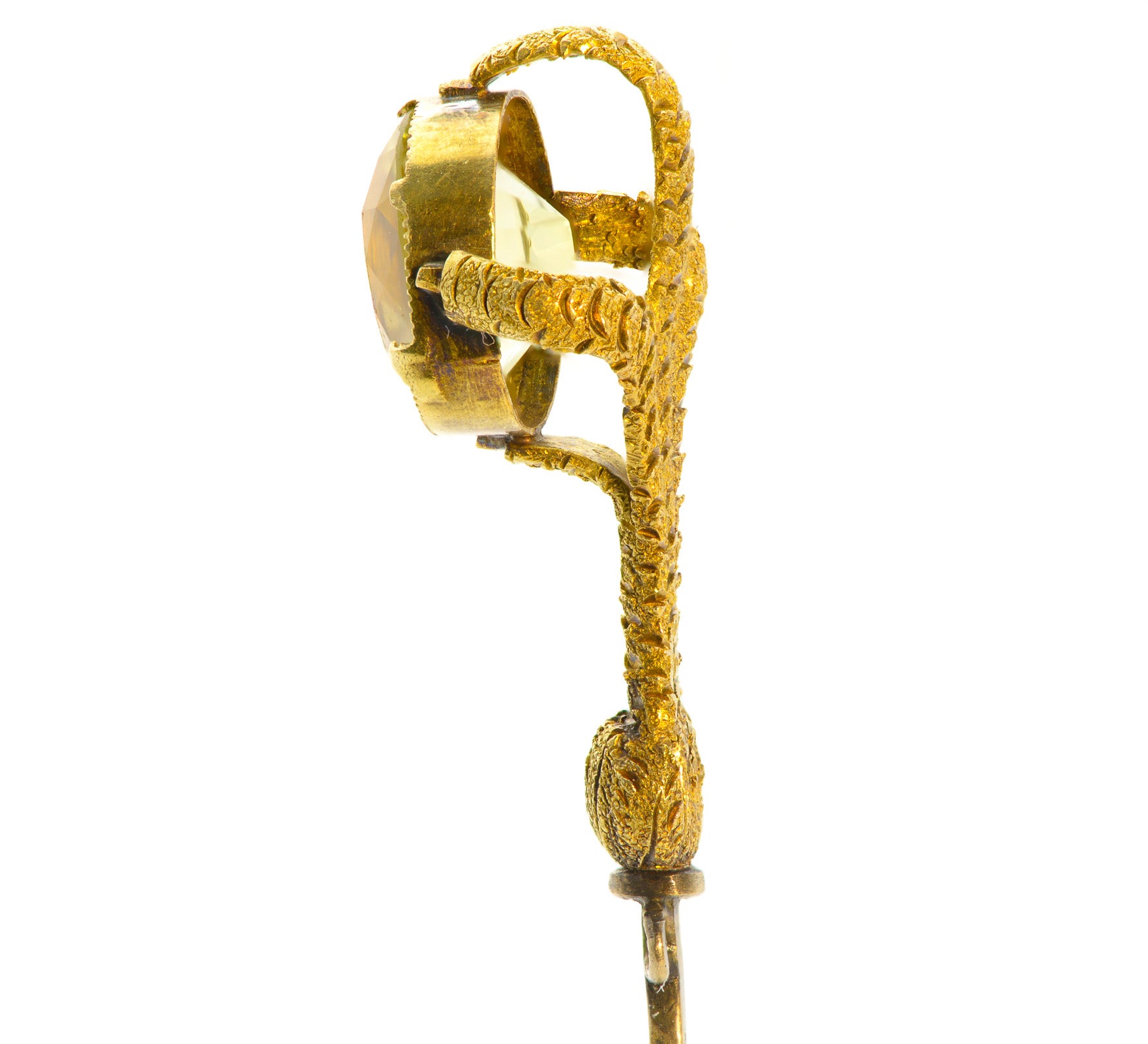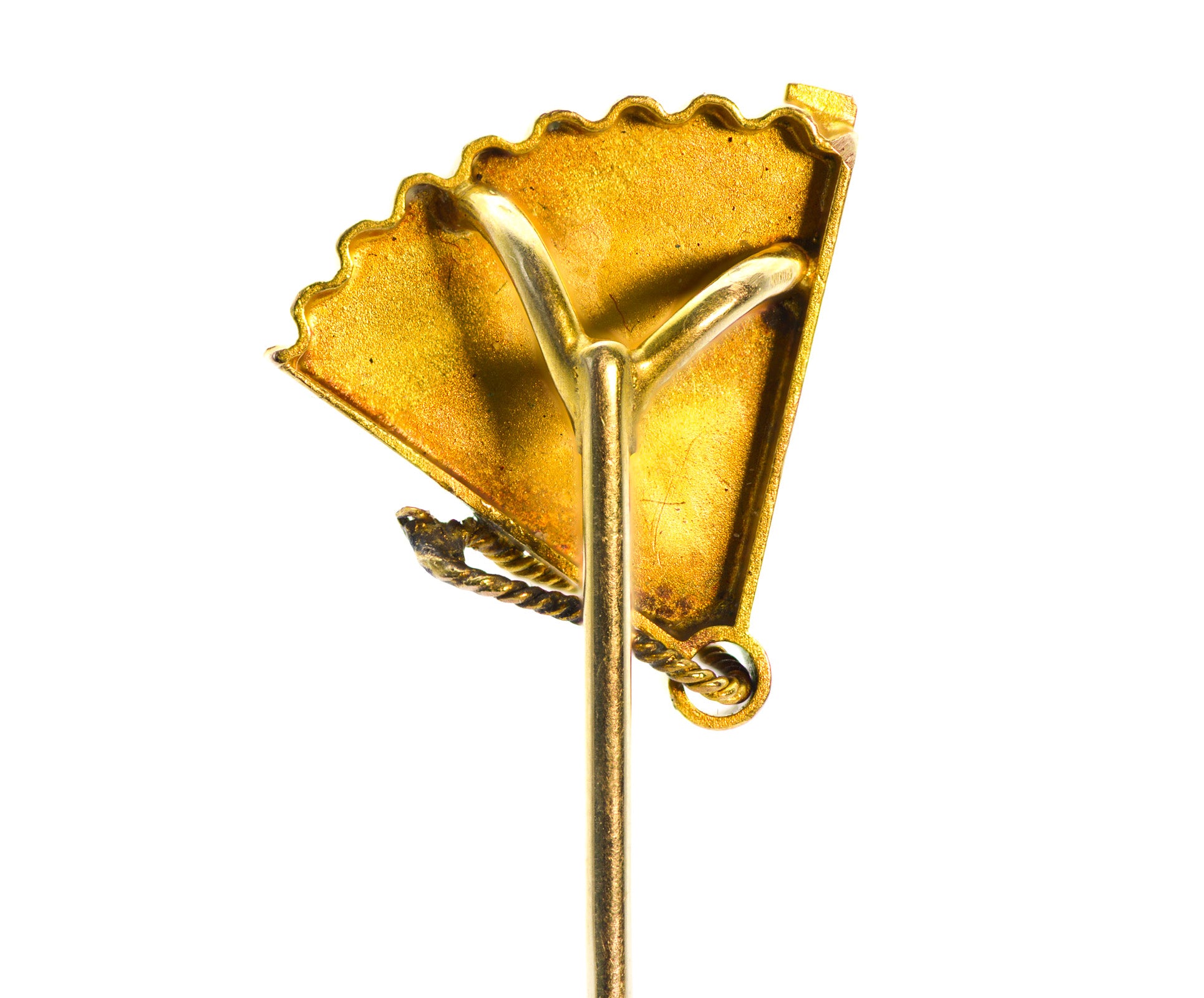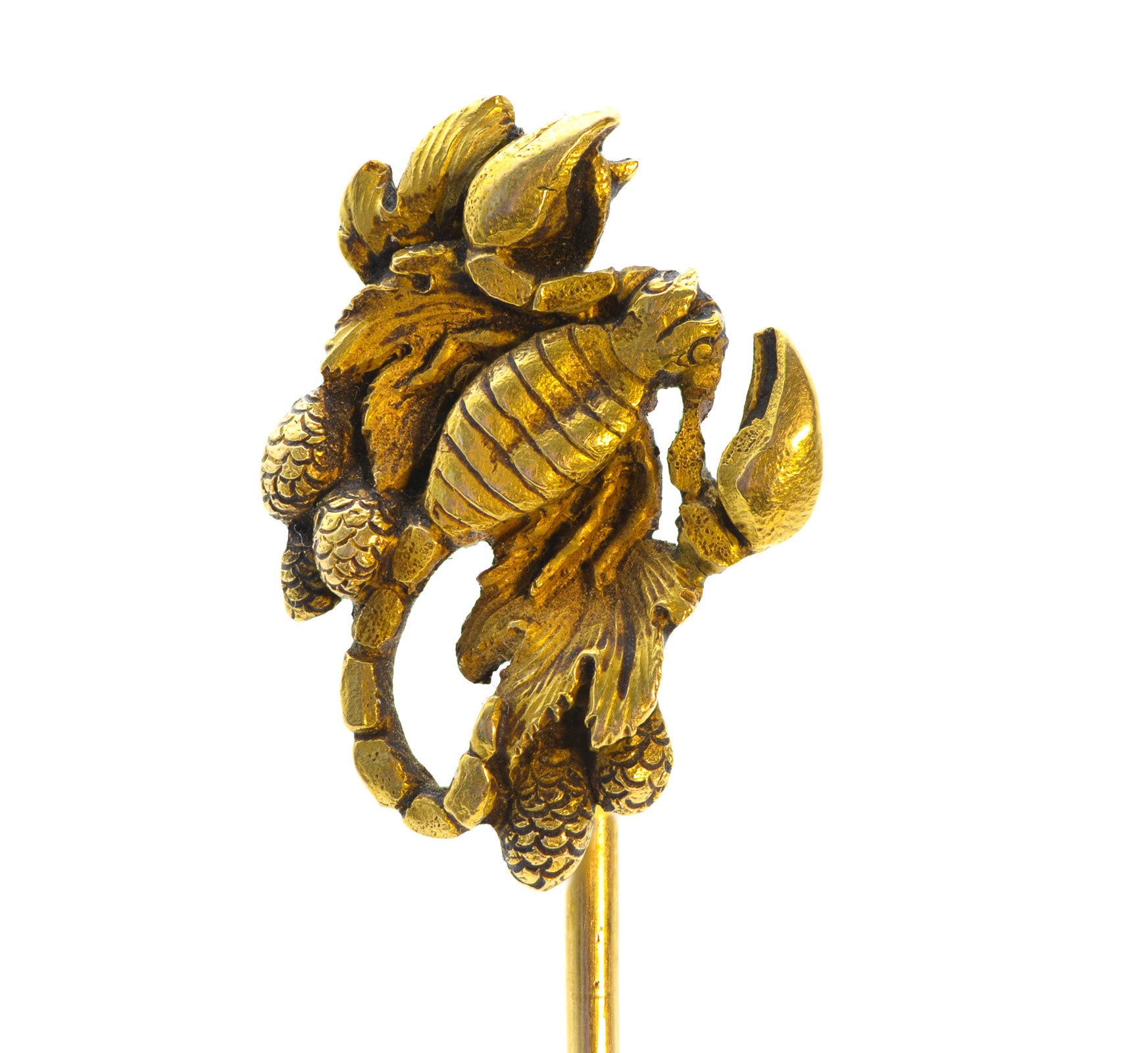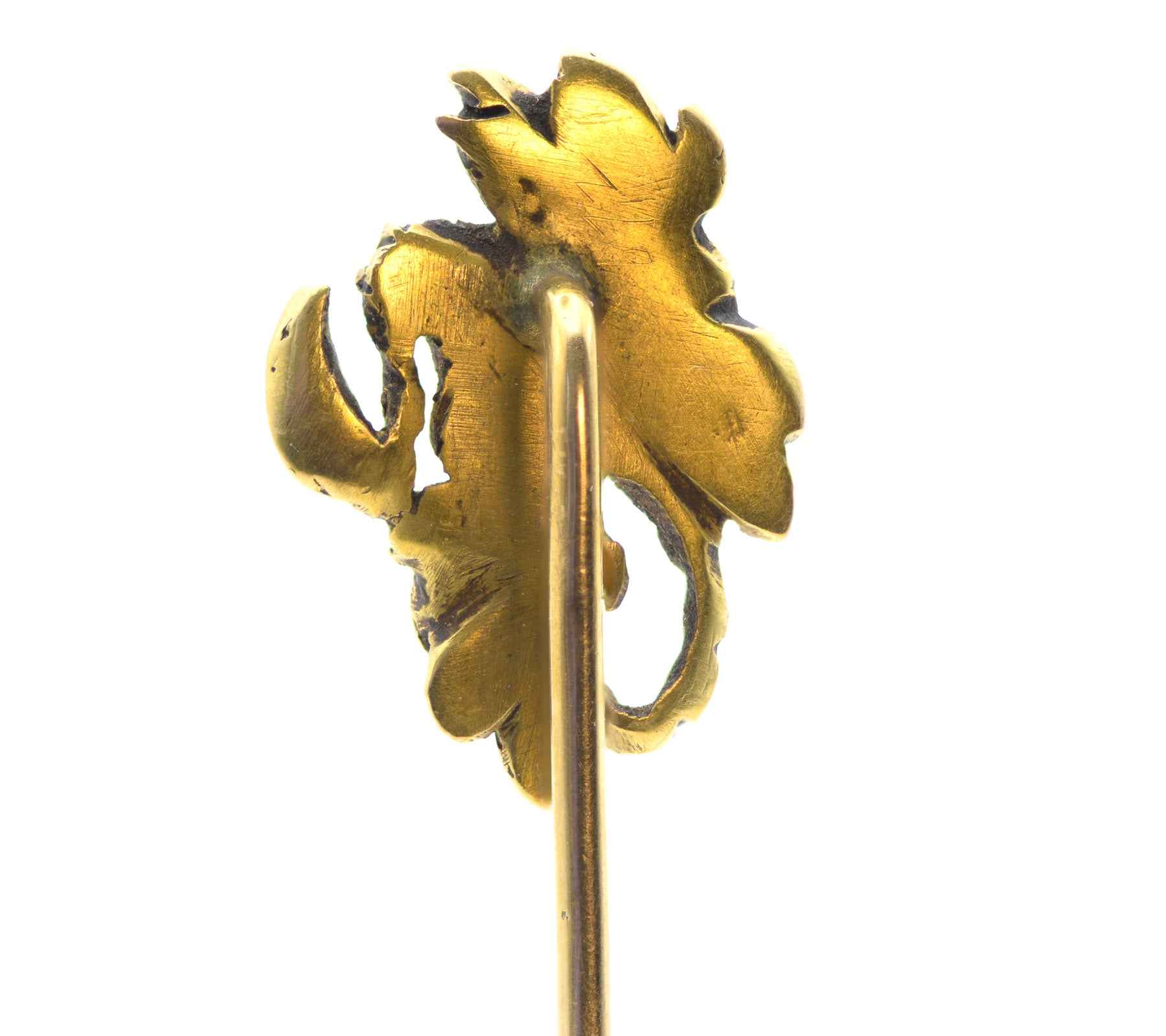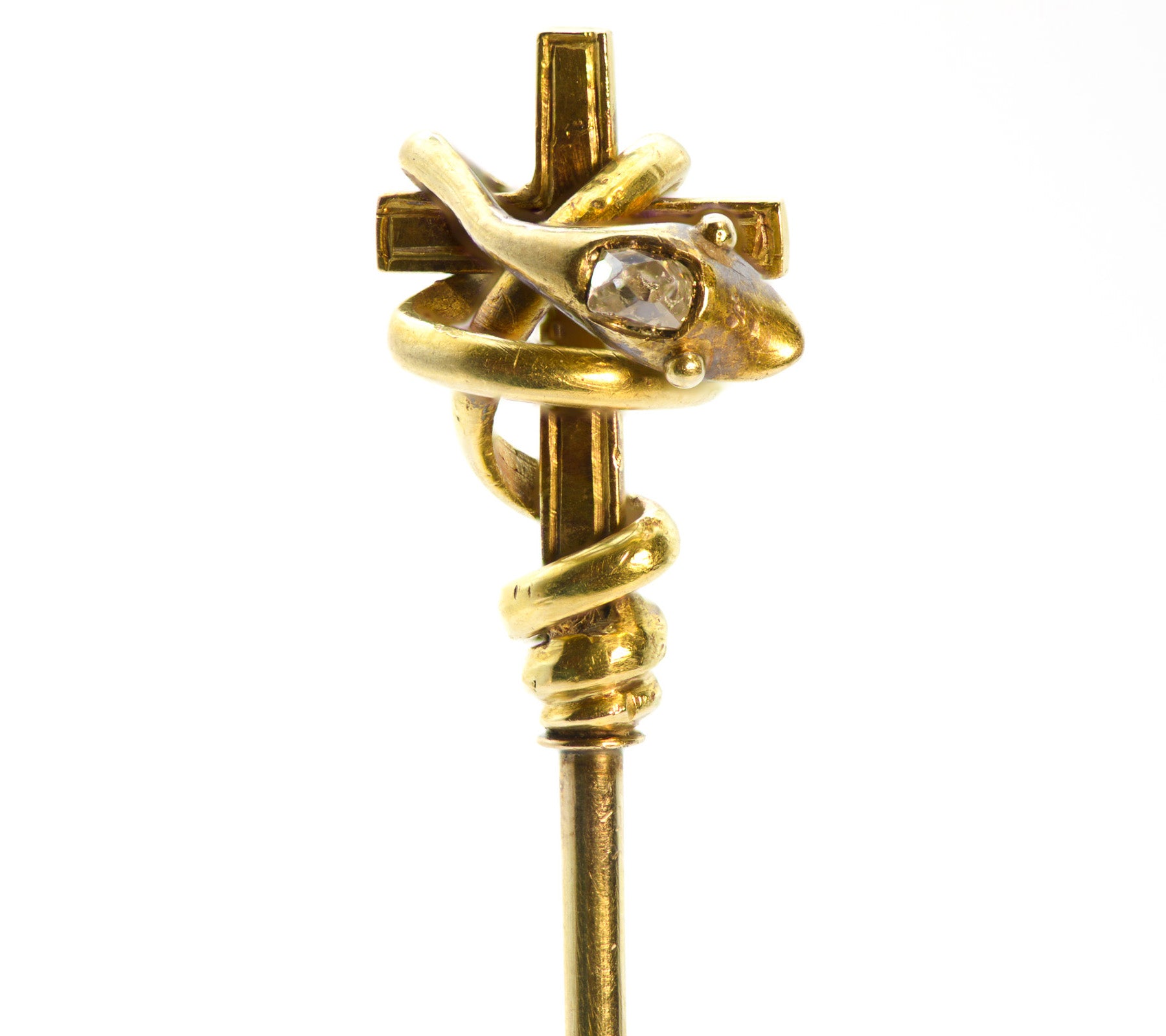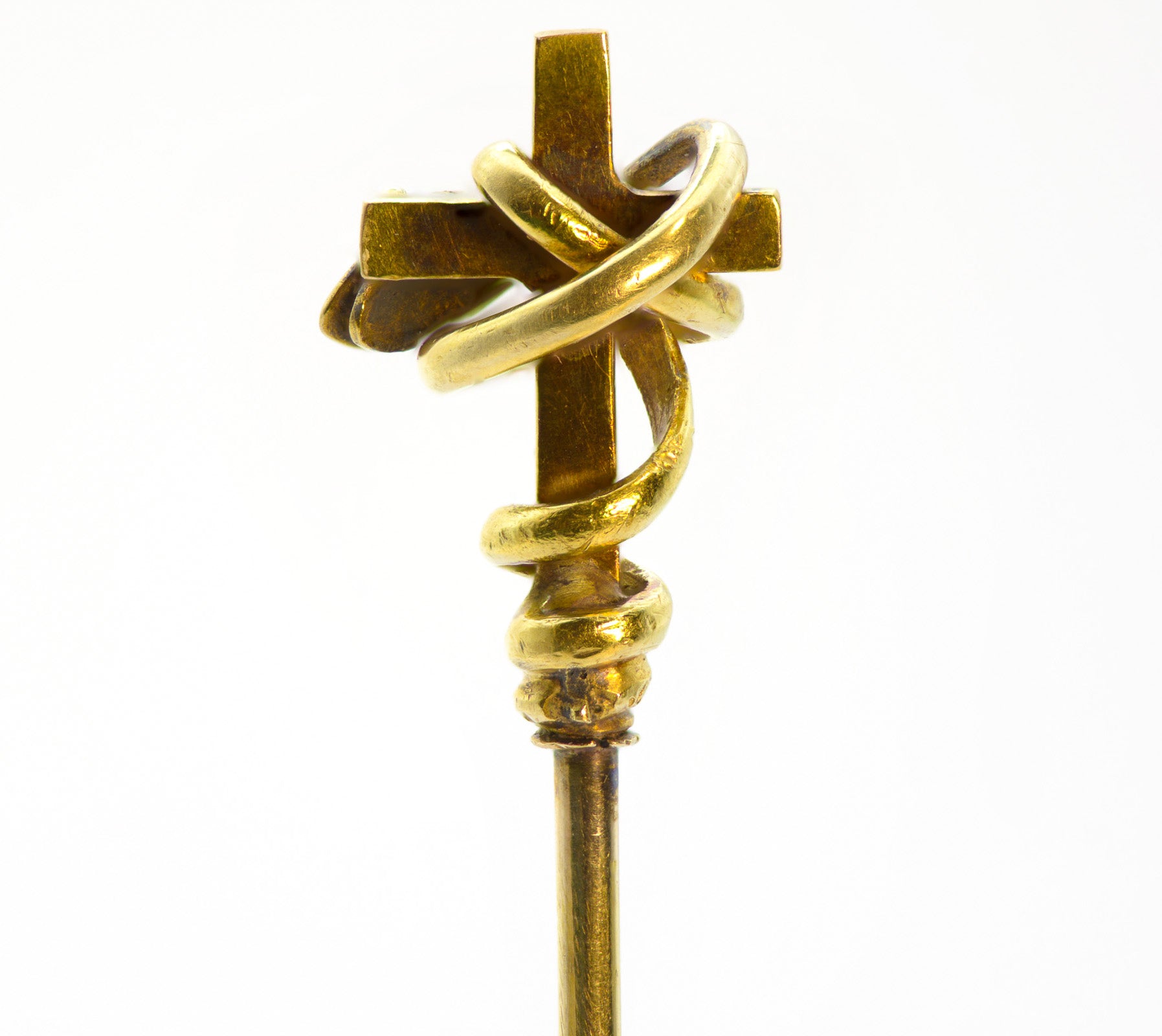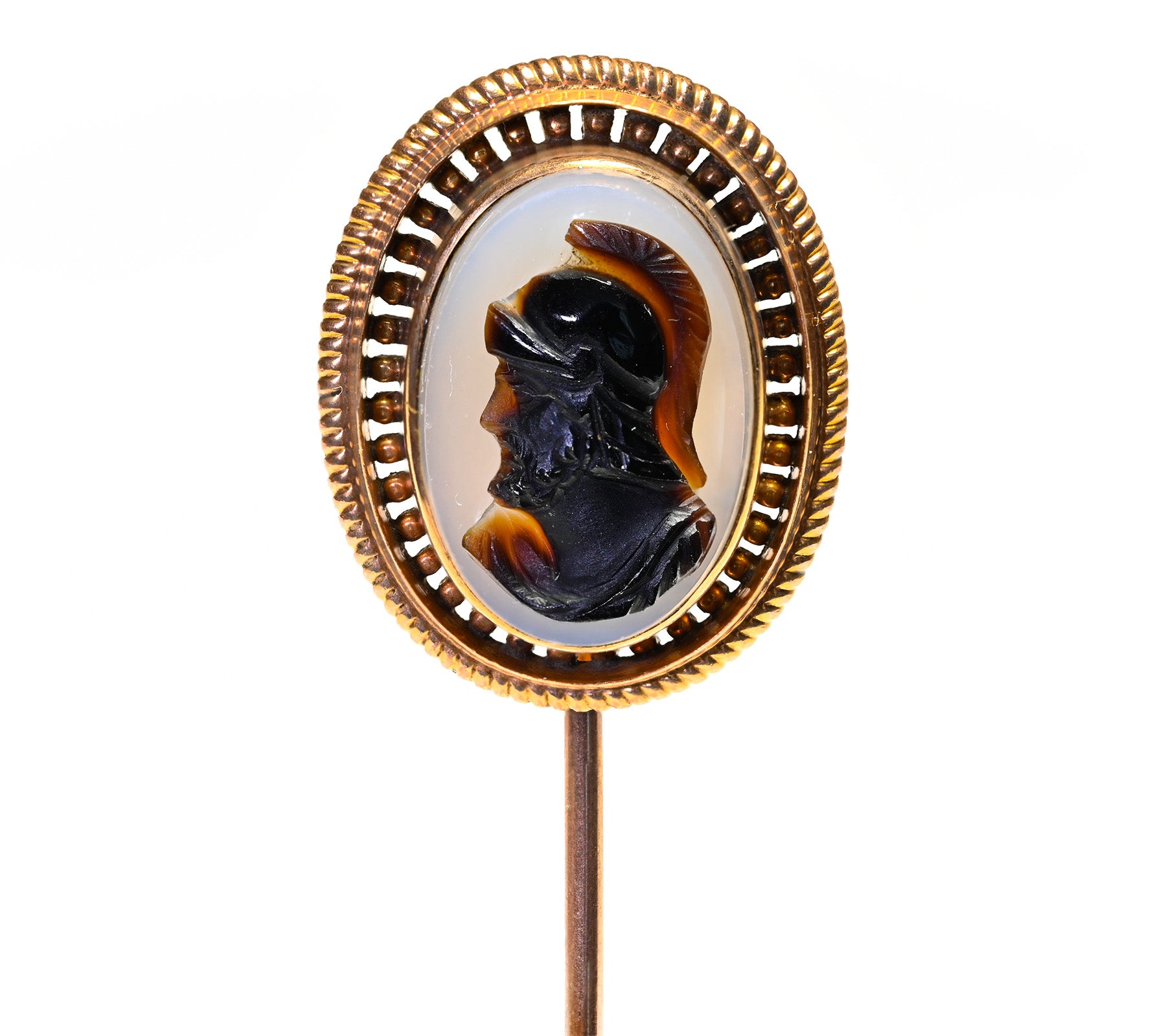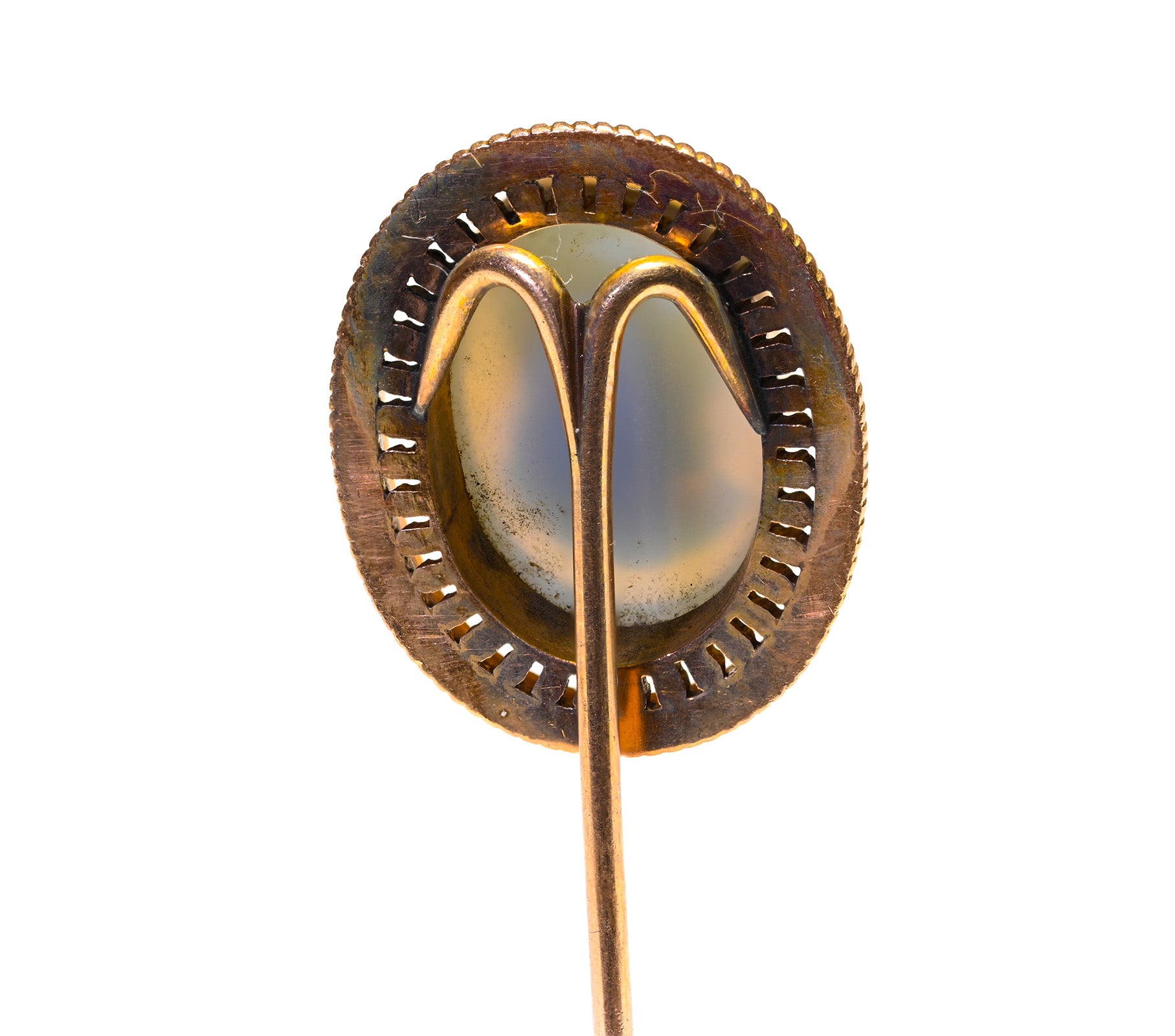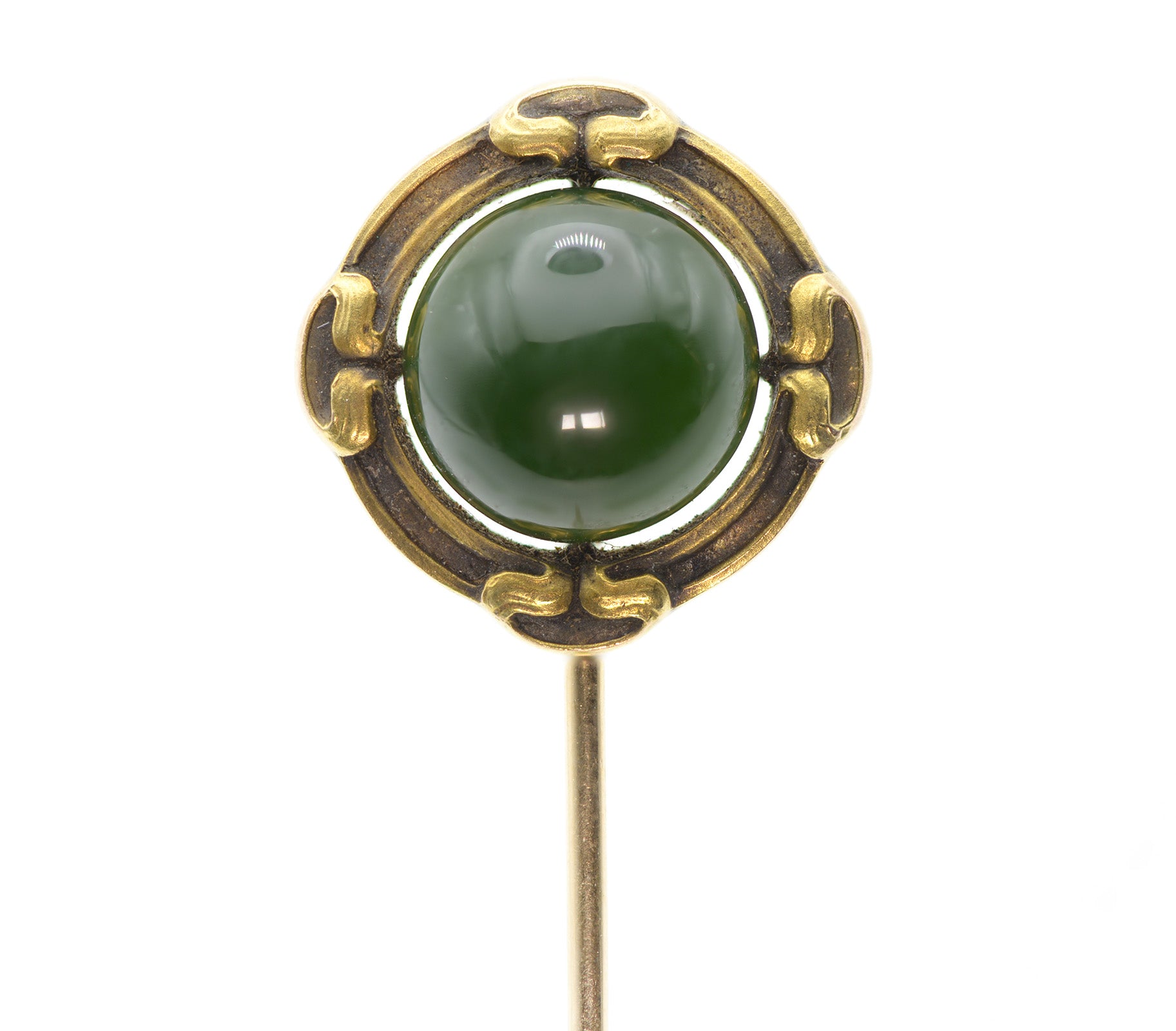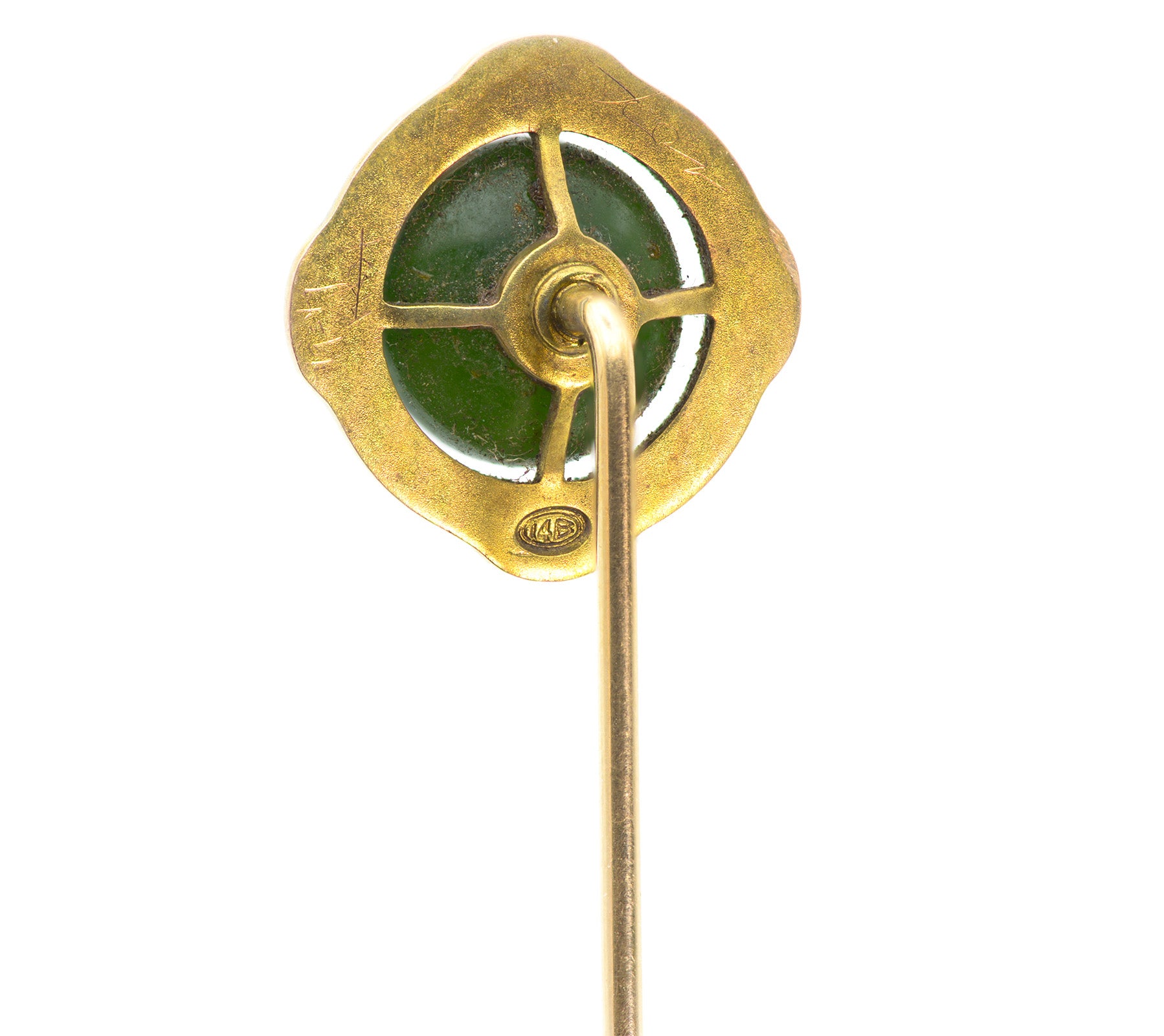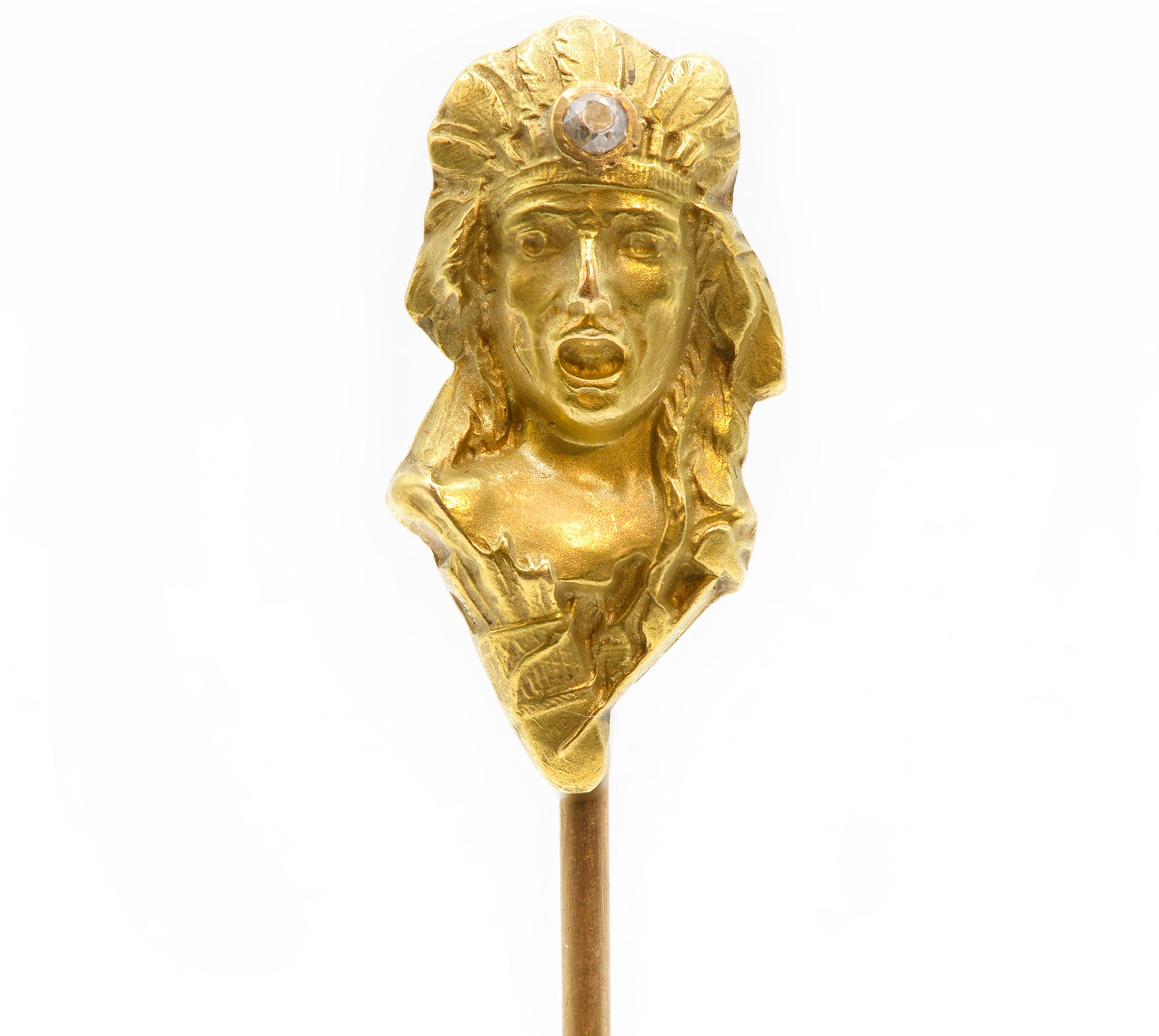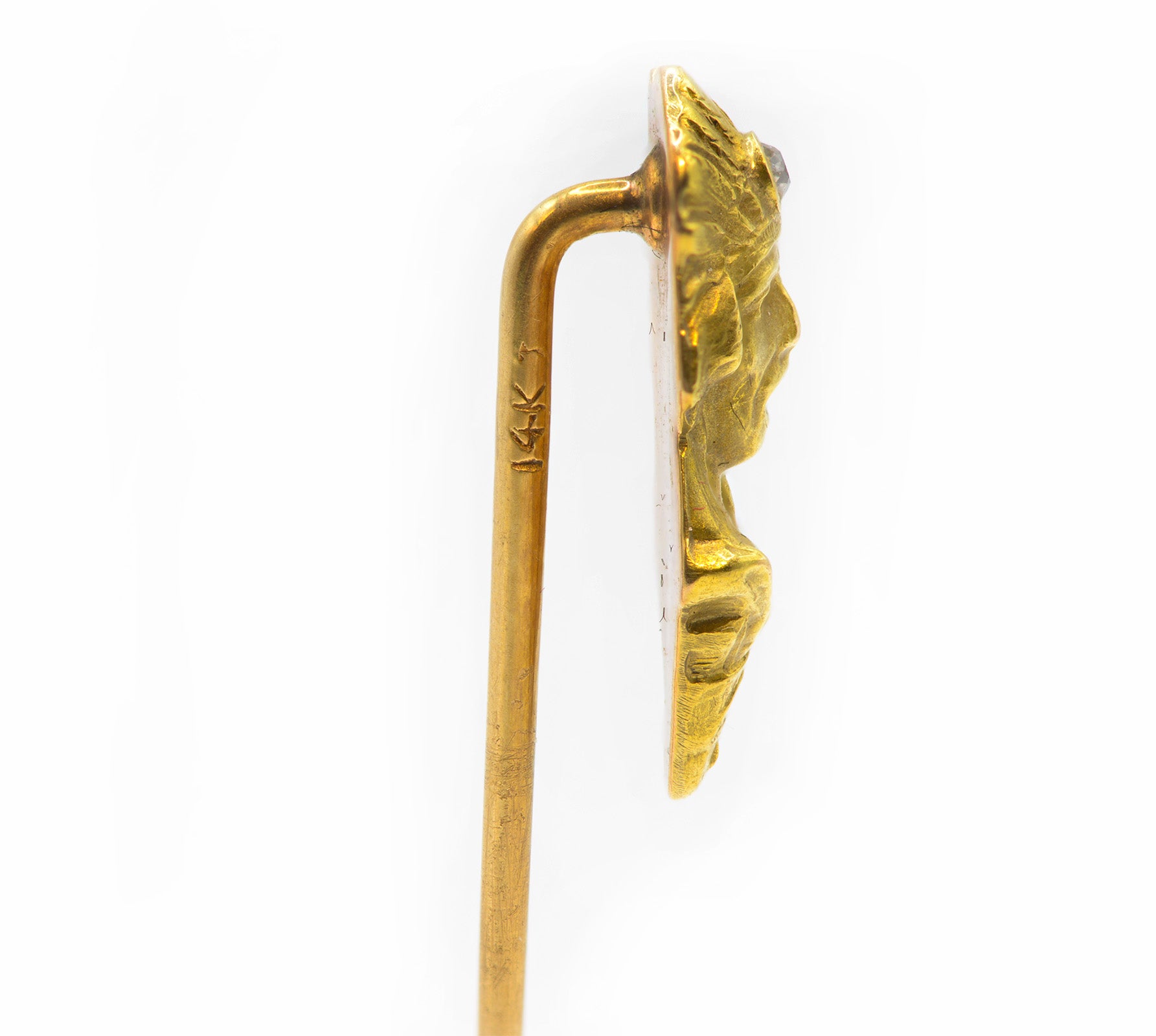
The Origin of Denim Jeans: A History of 400 Years
The first brand of jeans that comes to mind is the oldest: Levi's. From 1950 until today, jeans have had countless styles and discolorations, changing with social trends.
But why are jeans so popular today? Because they are comfortable, firm, and essentially match everything. In other words, jeans have become the most recognized item of clothing of our time.
But jeans have not always been so fashionable, being originally used as workwear for miners, sailors, and cowboys. Let's go back in time to find out the history of what is known today as "denim".
Exploring the History of Jeans
According to Epoch Times, long before Levis Strauss popularized denim, in the 16th century India exported "dungaree," a heavy, coarse, indigo-colored cotton fabric that was sold to Portuguese sailors who used it to make sails for ships. The material was also used for clothes, worn mainly by the poor.
At the same time, the material that would become "denim" was being sold in the small Italian village of Chieri, near Turin. Italy's Genoa fleet used it to make durable trousers for its sailors, which could be worn both dry and wet.
Picture Credit: Hawthorn Farmers wearing denim jeans in the 1930’s.
These pants were washed in the sea in a net tied to the back of the ship. Interestingly enough, in contact with sea salt, the blue color of the pants gradually disappeared. The name "blue jeans" is a derivative of "blue of Genoa". However, the material came from the French city of Nimes.
So what gives the material uniqueness? The key is in the diagonal fabric. The blue threads were woven with the white ones, which became a feature of the "Serge de Nimes". The name "Serge de Nimes" was eventually replaced by the abbreviation "denim".
Levi Strauss Created The Famous Denim Jeans
It was not until 200 years later, in 1829, that Levi Strauss was born in Bavaria, Germany. A few years later, he emigrated to New York, where he joined his older brothers, who owned a business. In 1853, he became an American citizen and decided to open a business in San Francisco, which at that time was still in the middle of the gold rush.
Marlon Brando Wearing Jeans in the Wild One
Levi Strauss had planned to sell buttons, scissors, spikes, and hard cloths to the miners to protect their equipment or to make tents. But he was surprised to see that few people wanted to buy his products.
On the other hand, the miners complained that their pants were not hard enough to withstand the mud and dirt. That's when he came up with the idea of making hard cotton overalls. Although a good idea, the material was too hard and not very comfortable. Despite this obstacle, his business grew, and Strauss then ordered the "Serge de Nimes," or "denim," which was both durable and comfortable.
Solving the Problem with the Pockets
Denim jeans became very popular, but there was another problem that tailor Jacob Davis took it upon himself to solve. Mr. Davis was actually one of Levi Strauss's customers who bought cotton fabrics and other tailoring accessories. The miners took their pants to Davis to sew their pockets, which frequently broke.
Davis then had the brilliant idea of consolidating his pockets with copper rivets. However, as he could not afford to buy a patent for his invention, he invited Strauss to join him as a partner.
In 1873, the patent for the pockets was bought, and Strauss's business, Levi Strauss & Co., began making the famous denim trousers with copper rivets. The yellow-orange stitching, which has since become a feature of jeans, was created to match the rivets.
The Levi's Label
Shortly afterward, Levi invented the small red label, which he placed in the corner of his pocket. It was the first time a label had been placed on the outside of clothes.
Today's designers are concerned with reinventing denim jeans with unique washing techniques, such as the use of pumice stone, enzymes and acid wash. Throughout its 400-year history, denim jeans have been washed, torn, embroidered with beads, rhinestones, shortened, and stretched. Basically, they went through all kinds of fashion and models.
However, the basic characteristics of denim jeans have never changed. The classic is everlasting.


